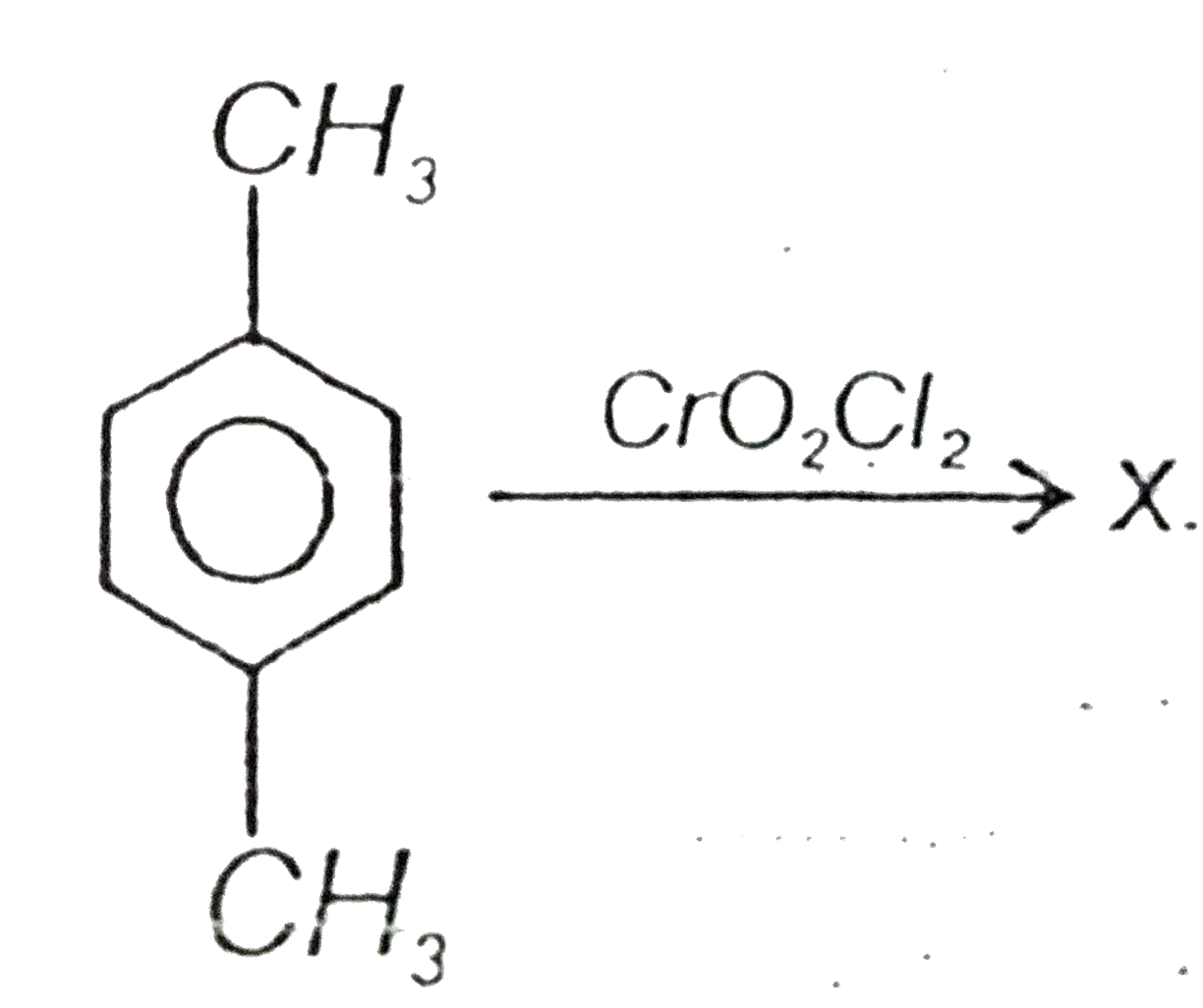Complete the reaction :
C6H6+HNO3H2SO4−−−→A
To complete the reaction of benzene (C₆H₆) with nitric acid (HNO₃) in the presence of sulfuric acid (H₂SO₄), we will follow a series of steps to identify the product formed.
1. Identify the Reaction Type:
The reaction between benzene and nitric acid in the presence of sulfuric acid is an example of electrophilic aromatic substitution.
2. Generate the Electrophile:
In this reaction, the electrophile is the nitronium ion (NO₂⁺). This is generated by the reaction of nitric acid with sulfuric acid.
- The sulfuric acid donates a proton (H⁺) to the nitric acid, leading to the formation of the nitronium ion and water:
HNO3+H2SO4→NO+2+HSO−4+H2O
3. Electrophilic Attack on Benzene:
The nitronium ion (NO₂⁺) then attacks the electron-rich benzene ring. This results in the formation of a sigma complex (also known as an arenium ion).
- The benzene ring donates one of its π electrons to the nitronium ion, forming a temporary positively charged intermediate.
4. Resonance Stabilization:
The sigma complex can be represented by several resonance structures, where the positive charge is delocalized over the ring. This stabilization is crucial for the reaction to proceed.
5. Deprotonation to Restore Aromaticity:
Finally, a proton (H⁺) is removed from the sigma complex to restore the aromaticity of the benzene ring. This proton is typically abstracted by a base (often the bisulfate ion, HSO₄⁻, or water).
- The overall reaction can be summarized as:
C6H6+HNO3H2SO4→C6H5NO2+H2O
6. Identify the Product:
The final product (compound A) of this reaction is nitrobenzene (C₆H₅NO₂).
Final Answer:
The compound A formed in the reaction is nitrobenzene (C₆H₅NO₂).
---
The reaction between benzene and nitric acid in the presence of sulfuric acid is an example of electrophilic aromatic substitution.
In this reaction, the electrophile is the nitronium ion (NO₂⁺). This is generated by the reaction of nitric acid with sulfuric acid.
- The sulfuric acid donates a proton (H⁺) to the nitric acid, leading to the formation of the nitronium ion and water:
HNO3+H2SO4→NO+2+HSO−4+H2O
The nitronium ion (NO₂⁺) then attacks the electron-rich benzene ring. This results in the formation of a sigma complex (also known as an arenium ion).
- The benzene ring donates one of its π electrons to the nitronium ion, forming a temporary positively charged intermediate.
The sigma complex can be represented by several resonance structures, where the positive charge is delocalized over the ring. This stabilization is crucial for the reaction to proceed.
Finally, a proton (H⁺) is removed from the sigma complex to restore the aromaticity of the benzene ring. This proton is typically abstracted by a base (often the bisulfate ion, HSO₄⁻, or water).
- The overall reaction can be summarized as:
C6H6+HNO3H2SO4→C6H5NO2+H2O
The final product (compound A) of this reaction is nitrobenzene (C₆H₅NO₂).
The compound A formed in the reaction is nitrobenzene (C₆H₅NO₂).
Topper's Solved these Questions
- HYDROCARBONS BOOK - ICSECHAPTER - HYDROCARBONS EXERCISE - VERY SHORT ANSWER TYEP QUESTIONS
47 Videos
- HYDROCARBONS BOOK - ICSECHAPTER - HYDROCARBONS EXERCISE - SHORT ANSWER TYEP QUESTIONS
81 Videos
- EQUILIBRIUM BOOK - ICSECHAPTER - EQUILIBRIUM EXERCISE - NCERT TEXT-BOOK EXERCISE
109 Videos
- HYDROGENBOOK - ICSECHAPTER - HYDROGENEXERCISE - NCERT TEXT-BOOK EXERCISE (With Hints and Solutions)
53 Videos
Similar Questions
Complete the following reactions :
C2H4+H2OH2SO4−−−→
View SolutionComplete the reaction
C6H5N2Cl+KI→ ….
View SolutionComplete the following reactions :
C2H5OHConc.H2SO4−−−−−−−→160∘−170∘C
View SolutionComplete the following equations :
2C2H5OHConc.H2SO4−−−−−−−→
View SolutionComplete the following equations :
2CH3OHConc.H2SO4−−−−−−−→
View SolutionComplete the reactions : KNO3+H2SO4→….+KHSO4
View SolutionComplete the following reactions :
CH3COOH+C2H5OHconc.−−−→H2SO4
View SolutionComplete the following :
C6H5COCl+H2Pd/BaSO4−−−−−−→
View SolutionComplete the reaction :
C6H5COONasodalime−−−−−−−→heatAC2H5Cl−−−−−−→AlCl3B
View SolutionComplete the following reactions:
(i) CH3−CH3∣C∣Cl−CH2CH3alcKOH−−−−→ΔAO3−−−−−→Zn/H2O(B+C)
(ii) CH3ICH−CH3alcKCN−−−−→A(i)SnCl2/HCl−−−−−−−−−−−−→(ii)H2O.OH.H2O2B
(iii) HCNHCl/AlCl3−−−−−−→A(i)C6H6Δ−−−−−−−−−−→(ii)(H2O)/H−B
(iv)
View Solution
